Top Bollywood Actresses in Pre Partition Era
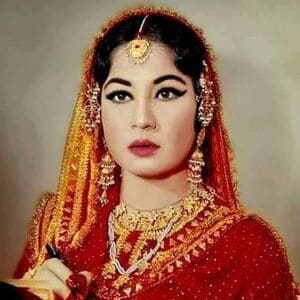
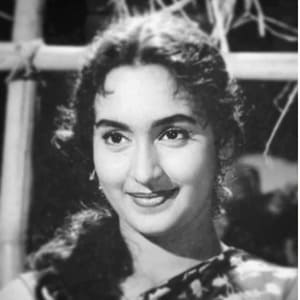
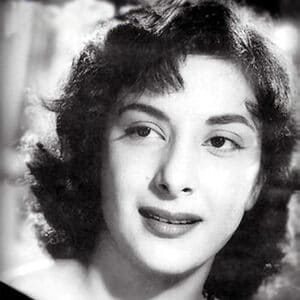
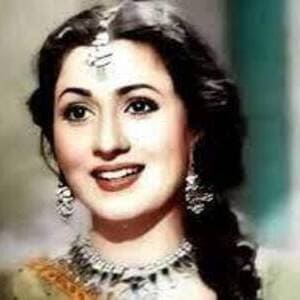
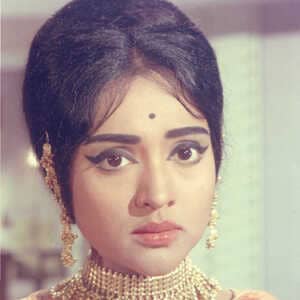
In the 1930s and 1940s, the early years of Hindi cinema, Bombay cinema’s market and influence had a notable expansion. The 1940s marked the rise of Bollywood with the blockbuster movie “Kismet” in 1943, which addressed issues related to the Indian Independence movement and held the title of “the longest-running hit of Indian cinema” until the 1970s. Film personalities like Bimal Roy, Sahir Ludhianvi, and Prithviraj Kapoor engaged in a national movement against colonial rule while enhancing their visibility.
Before the Partition, Bombay, Lahore, and Calcutta were major centers for Hindustani-language film production. The 1947 partition led to the migration of filmmaking talent from Lahore and Calcutta to Bombay due to the violence of the partition. Notable figures like K. L. Saigal, Prithviraj Kapoor, Dilip Kumar, and Dev Anand, along with playback singers Mohammed Rafi, Noorjahan, and Shamshad Begum, contributed to the consolidation of Bombay as the preeminent center for film production in India. Leading ladies like Nutan, Madhubala, and Meena Kumari became household names, leaving an indelible mark on Indian cinema.
In every era, there is significant curiosity about top movie actresses and actors. So in this post, we will look at the Top Bollywood actresses in the 1940s
Devika Rani
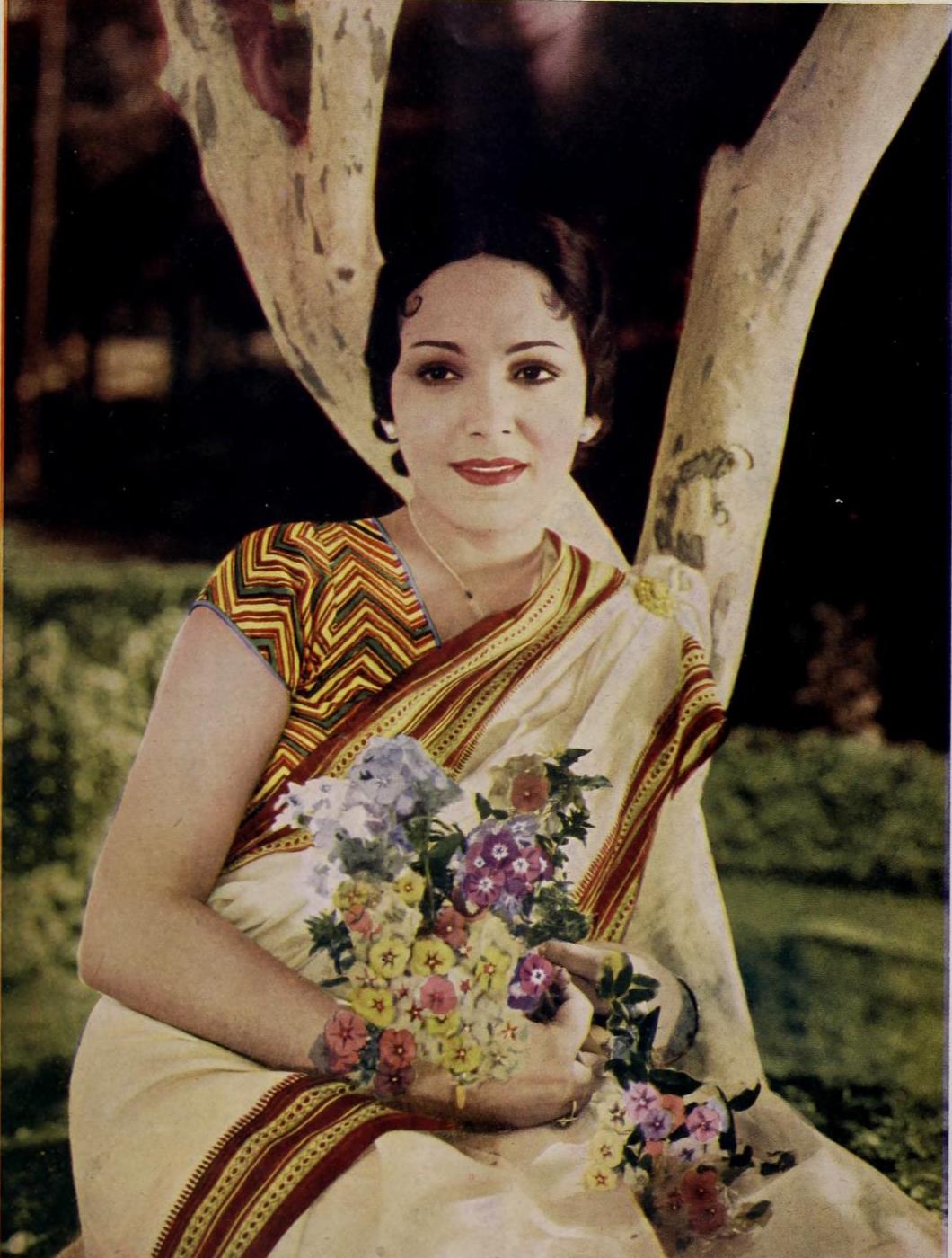
Devika Rani is widely known as the First Lady of Indian cinema. She had a successful film career spanning 10 years and was an Indian actress who acted in Hindi films during the 1930s and 1940s. She was the first recipient of the Dadasaheb Phalke Award and was also awarded the Padma Shri. She made her debut in 1933 in the movie “Karma” alongside her husband, Himanshu Rai.
Top Movies: Karma (1933), Jeevan Naiya (1936), Achhoot Kannya (1936), Izzat (1937) and Hamari Baat (1943)
Suraiya

Suraiya was a renowned Indian actress and playback singer, considered as one of the finest and greatest actresses in the history of Indian cinema. She was most celebrated from the mid-to-late 1940s and early 1950s. Suraiya acted in over 70 films and sang 338 songs during her career, which spanned from 1936 to 1964.
She made her acting debut in 1941 with Taj Mahal, where she played the role of Mumtaz Mahal. Suraiya established herself as one of the leading actresses in Hindi cinema with her notable performances in films such as Ishaara (1943), Tadbir (1943), Phool (1945), Anmol Ghadi (1946), Omar Khayyam (1946), Parwana (1947), Dard (1947), Shair (1949), Dastan (1950), Afsar (1950), Diwana (1952), Bilwamangal (1954) and Mr. Lambu (1956).
In her heydays, Suraiya was known as Malika-e-Husn (queen of beauty) and Malika-e-Adakari (queen of acting). She marked a significant turning point in her career in 1948-1949 with the highest-grossing releases of the year – Vidya (1948), Pyar Ki Jeet (1948), Dillagi (1949) and Badi Behen (1949). Her most notable portrayal was of a tawaif, Moti Begum in Mirza Ghalib (1954), which earned her critical acclaim and praise from two Prime Ministers of India.
Shobhna Samarth

Shobhana Samarth was a well-known actress who began her career in the early days of talkie movies in the Hindi film industry. She started in Marathi cinema and made her debut in the Hindi film industry with the release of “Nigahen Nafrat” in 1935. She continued to act in lead roles until the 1950s. Samarth is best remembered for her portrayal of Sita in the movie “Ram Rajya” released in 1943. In 1997, she received the Filmfare Special Award for her contribution to the arts. Later, Samarth produced and directed two movies that launched the careers of her daughters, Nutan and Tanuja.
Top Movies: Vilasi Ishwar (1935), Do Diwane (1936), Vijay Lakshmi (1943), Ram Rajya (1943), Naukar (1943), Veer Kunal (1945), and Love in Simla (1960)
Noor Jehan

Noor Jehan was a prominent actress and playback singer in British India and later in the Pakistani film industry. She was one of the most popular stars in the country alongside Suraiya before Independence. Her career spanned over six decades, from the 1930s to the 1990s. She is widely regarded as one of the greatest and most influential singers in the Indian subcontinent and was given the title of Malika-e-Tarannum in Pakistan.
In 1942, she played the lead role opposite Pran in Khandaan. From 1945 to 1947, Noor Jehan was one of the most prominent actresses in the Indian film industry. Her films, such as Badi Maa, Zeenat, and Gaon Ki Gori (all released in 1945), Anmol Ghadi (1946), Mirza Sahiban (1947), and Jugnu (1947), were the highest-grossing films of those years. Mirza Sahiban, in which she starred opposite Trilok Kapoor, brother of Prithviraj Kapoor, was her last film released in India.
Madhubala
 Madhubala is ranked as one of the most beautiful and highest-paid actresses in the 1950s and 60s. After debuting as a child actor in the 1940s, she earned success as a leading star in Neel Kamal (1947), Amar (1954), and Mahal (1949). Madhubala’s portrayal of Anarkali in the historical epic drama Mughal-e-Azam (1960)—the highest-grossing film in India at that point in time—earned her widespread critical acclaim.
Madhubala is ranked as one of the most beautiful and highest-paid actresses in the 1950s and 60s. After debuting as a child actor in the 1940s, she earned success as a leading star in Neel Kamal (1947), Amar (1954), and Mahal (1949). Madhubala’s portrayal of Anarkali in the historical epic drama Mughal-e-Azam (1960)—the highest-grossing film in India at that point in time—earned her widespread critical acclaim.
Top Movies: Mahal (1949), Badal (1951), Tarana (1951), Mr. & Mrs. ’55 (1955), Chalti Ka Naam Gaadi (1958) , Howrah Bridge, Kala Pani (both 1958), Mughal-e-Azam (1960, and Barsaat Ki Raat (1960).
Nargis
 Nargis Dutt is regarded as one of the greatest actresses in the history of Indian cinema. She made her screen debut as a child actress in 1935 and in 1943 as the lead actress in Mehboob Khan’s Taqdeer. She came into the limelight in 1949 with the hit movies Andaz and Barsaat. She appeared in Mehboob Khan’s Oscar-nominated epic drama Mother India (1957), the highest-grossing film in India at that point in time, and won the Filmfare Award for Best Actress.
Nargis Dutt is regarded as one of the greatest actresses in the history of Indian cinema. She made her screen debut as a child actress in 1935 and in 1943 as the lead actress in Mehboob Khan’s Taqdeer. She came into the limelight in 1949 with the hit movies Andaz and Barsaat. She appeared in Mehboob Khan’s Oscar-nominated epic drama Mother India (1957), the highest-grossing film in India at that point in time, and won the Filmfare Award for Best Actress.
Top Movies: Aag (1948), Awaara (1951), Shree 420 (1955) , Chori Chori (1956), Mother India (1957) and Raat Aur Din (1967)
Nalini Jaywant
 Nalini Jaywant appeared in Hindi films in the 1940s and 1950s and Filmfare in their poll in the 1950s declared her the most beautiful woman in the movies. Actor Dilip Kumar described her “the greatest actress he ever worked with”. She started as a teenage actress in the 1940s and gained fame in 1950 as a lead star with her performances opposite Ashok Kumar in Samadhi and Sangram.
Nalini Jaywant appeared in Hindi films in the 1940s and 1950s and Filmfare in their poll in the 1950s declared her the most beautiful woman in the movies. Actor Dilip Kumar described her “the greatest actress he ever worked with”. She started as a teenage actress in the 1940s and gained fame in 1950 as a lead star with her performances opposite Ashok Kumar in Samadhi and Sangram.
Top Movies: Jalpari (1952), Kafila (1952), Nau Bahar (1952), Saloni (1952), Rahi (1953), Shikast (1953), Railway Platform (1955), Nastik (1954), Lakeeren (1954), Naaz (1954), Munimji (1955), and Ham Sab Chor Hain (1956 film), Mr. X (1957), Sheroo (1957), and Kala Pani (1958)
Durga Khote
Durga Khote was a legendary actress and received the highest award in Indian cinema, the Dadasaheb Phalke Award, in 1983, for her lifetime contribution to Indian cinema. She was also active in theatre, and in total, she acted in around 200 films and numerous theatre productions. Durga Khote is known for her remarkable performance in mother roles in Hindi cinema
. She is one of the top ten actresses who played mother roles in Hindi cinema, and her notable performances include Jodhabai in K. Asif’s Mughal-e-Azam (1960), which earned her a nomination for the Filmfare Award for Best Supporting Actress, Kaikeyi in Vijay Bhatt’s classic Bharat Milap (1942), Charnon Ki Dasi (1941), Mirza Ghalib (1954), Bobby (1973), and Bidaai (1974). She won the Filmfare Award for Best Supporting Actress for her performance in Bidaai (1974).
Leela Chitnish
Leela Chitish is Known for her graceful performances, Leela Chitnish was a prominent actress in 1940s Hindi cinema. Some of her top movies include “Anmol Ghadi” (1946), where her poignant portrayal left a lasting impact, and “Kanoon” (1943), showcasing her versatility in various roles.
Kamini Kaushal
Kamini Kaushal made her presence felt in the industry with films like “Neecha Nagar” (1946) and “Badi Bahen” (1949). Her talent and on-screen charisma established her as a respected actress.
Sardar Akhtar
Sardar Akhtar, a talented actress of the era, gained recognition for her powerful performances. Notable among her films is “Dharti Ke Lal” (1946), a poignant social drama, and “Mashaal” (1941), where her emotive acting contributed to the film’s success.
Swarlata
With her expressive acting, Swarlata made a mark in 1940s Hindi cinema. Her notable films include “Bhartruhari” (1944), where she displayed her versatility, and “Gumnaam” (1940), a mystery thriller that showcased her ability to engage audiences.
Sitara Devi
Renowned for her grace and charm, Sitara Devi was not only a dancer but also a talented actress. Her memorable performances include “Nagina” (1940), a film that showcased her acting prowess, and “Aurat” (1940), where her screen presence added depth to the narrative.
Rehana
Rehana was a versatile actress known for her captivating performances. Notable among her films are “Najma” (1943), a romantic drama where she showcased her acting finesse, and “Padosi” (1941), a social drama where she played a pivotal role.
Mumtaz Shanti
A talented actress, Mumtaz Shanti gained fame for her roles in films like “Jawani Ki Hawa” (1935) and “Bharosa” (1940). Her nuanced performances and expressive acting set her apart in the industry.
Veena Kumari
Veena Kumari was a prominent actress known for her roles in films like “Station Master” (1942) and “Vachan” (1938). Her on-screen presence and emotive performances resonated with audiences of the time.
Khursheed Bano
Khursheed Bano, a leading actress of the 1940s, delivered memorable performances in films like “Badi Bahen” (1949) and “Aurat” (1940). Her contribution to the industry was marked by her versatile portrayals.
Naseem Banu
Naseem Banu, a celebrated actress, starred in iconic films like “Pukar” (1939) and “Mumtaz Mahal” (1944). Her grace and elegance on screen made her a beloved figure in the industry.
Kajjan
Kajjan made her mark in the 1940s with films like “Padosi” (1941) and “Bharosa” (1940). Her performances were noted for their emotional depth and authenticity.
Ragni
Ragni, a talented actress, left an impact with her roles in films like “Sarhad” (1940) and “Bahen” (1941). Her ability to portray a range of characters contributed to her popularity.
Nigar Sultana
Known for her versatility, Nigar Sultana starred in films like “Bharosa” (1940) and “Shahenshah Babar” (1944). Her powerful portrayals and expressive performances earned her acclaim.
Munawar Sultana:
Munawar Sultana’s notable films include “Humayun” (1945) and “Ghulami” (1945), showcasing her versatility and ability to bring depth to her characters.
Begum Para
Begum Para gained recognition for her roles in films like “Chandni Raat” (1949) and “Chhoti Bahen” (1949). Her performances were marked by a blend of grace and emotive expressions.
Fearless Nadia:
Known as the “Fearless Nadia,” Mary Ann Evans was a trailblazing actress in action films. Her iconic role in “Hunterwali” (1935) and “Diamond Queen” (1940) made her a pioneering figure in Indian cinema.
Jamuna
Jamuna was a notable actress known for films like “Bhool Bhulaiyan” (1949) and “Ziddi” (1948). Her impactful performances and strong screen presence contributed to her popularity.
Gohar Mamajiwala
Gohar Mamajiwala made her mark in the industry with films like “Sikandar” (1941) and “Chand” (1944). Her performances were noted for their emotional depth and authenticity.
Leela Desai
Leela Desai gained prominence for her roles in films like “Nadaan” (1943) and “Rajrani Meera” (1934). Her acting prowess and versatility made her a respected figure in the industry.
Ramola Devi
Ramola Devi was known for her performances in films like “Mamta” (1942) and “Ghar Ki Izzat” (1948). Her expressive acting and ability to portray diverse characters contributed to her success.
Mehtab
Mehtab starred in films like “Duniya” (1949) and “Majboor” (1948), showcasing her talent and versatility. Her contributions to the industry were marked by memorable performances and a strong screen presence.
Begum Akhtar
While primarily known as a renowned ghazal singer, Begum Akhtar also appeared in a few films. Her notable contributions include the film “Roti” (1942), where her soulful singing and on-screen presence left a lasting impact.
Vanamala
Vanamala’s notable films include “Pujari” (1946) and “Watan” (1938). Her performances were marked by a blend of grace and emotive expression
